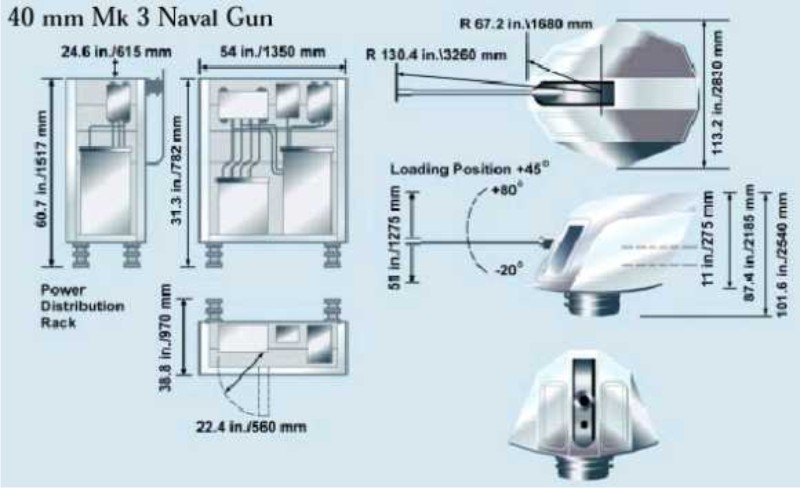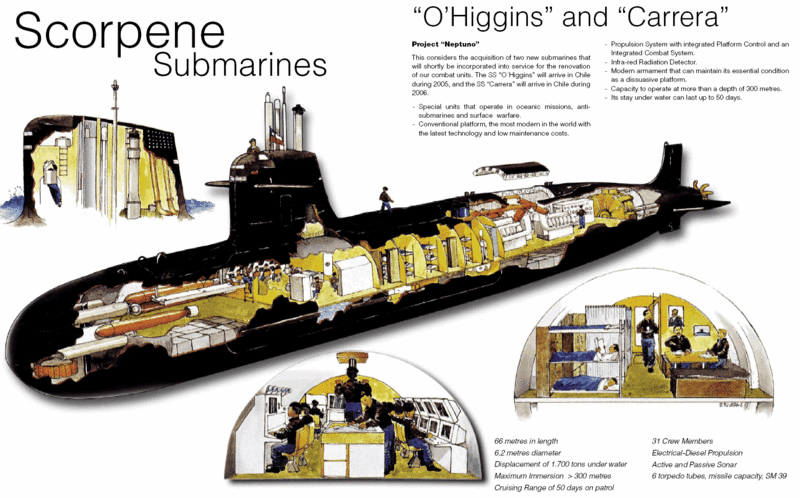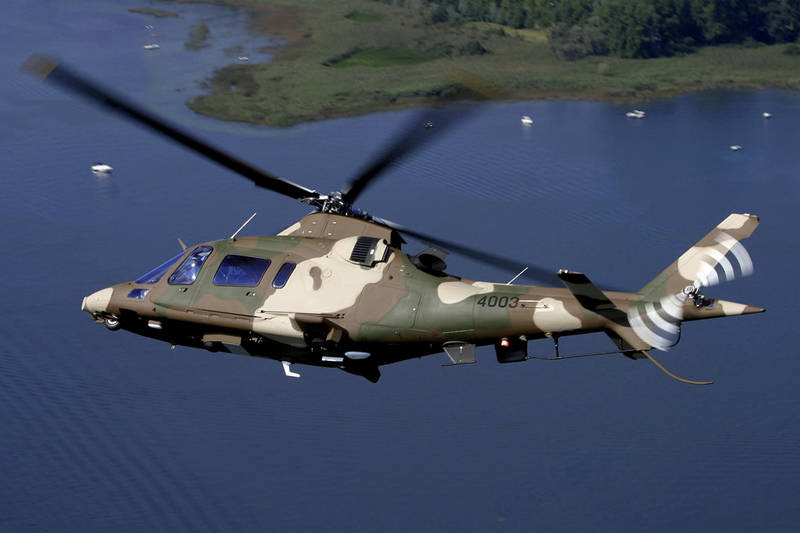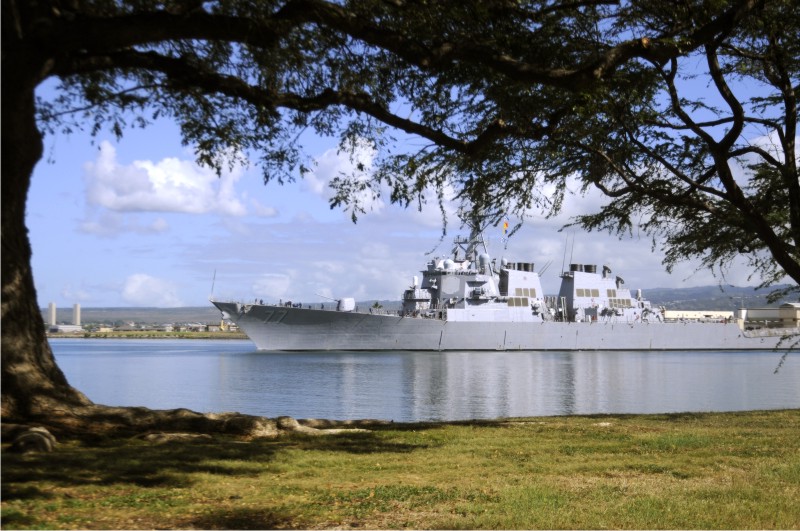
Welcome to MSW’s Scuttlebutt! Here’s the news for the day.

On Display – German S-100 Schnellboot
MSW Crew-member Serhan Oflas [DMCGILLAVRY] shares his latest build of the German S-100 Schnellboot giving us a look at Bronco's 1/350 offering in this "On Display" Feature.

ST Engineering's Land Systems Arm Secures Naval Gun Contract from Brazilian Navy
Source: ST Engineering
SINGAPORE --- ST Engineering today announced that its land systems arm, ST Kinetics, has won a contract worth US$20.9m (about S$29.4m) from the Brazilian Navy for the supply of 5 units of 40mm L70 naval gun and an associated Integrated Logistics Support (ILS) package.

The contract was signed between the Brazilian Navy and Allied Ordnance of Singapore (Pte) Ltd (AOS), a wholly owned subsidiary of ST Kinetics. Delivery will begin in the last quarter of 2011 and is expected to be completed by end 2013.
This contract is the second that AOS has received from the Brazilian Navy. Two units of 40mm L70 naval gun with ILS package were ordered in 2007. Delivery of the first gun is currently in progress and will be installed on a Brazilian Navy patrol vessel.
Both contracts were won amidst strong competition from established global players. ST Kinetics' 40mm L70 NADM330 naval gun features a full electric drive aiming system with brushless motors that enable quick and accurate target tracking; battery powered operation that allows immediate and ever-ready activation; and 101 ready-to-fire rounds in a dual compartment magazine that provides immediate selection between two types of ammunition and ample ammunition for engagements without reloading. These class leading features of the gun give it the capability to instantly engage aerial and surface targets simultaneously.
"The Brazilian Navy's second order of ST Kinetics' 40mm L70 naval guns amidst keen competition reflects their confidence in the quality and performance of our solution. We are delighted with this latest order and will ensure that we exceed all expectations of the esteemed Brazilian Navy,” says SEW Chee Jhuen, President, ST Kinetics.
This contract is not expected to ha ve any material impact on the consolidated net tangible assets per share and earnings per share of ST Engineering for the current financial year.
Littoral Combat Ship: Actions Needed to Improve Operating Cost Estimates and Mitigate Risks in Implementing New Concepts.
Source: Government Accountability Office
The Navy plans to spend about $28 billion to buy 55 Littoral Combat Ships (LCS) and at least 64 interchangeable mission packages to perform one of three missions—mine countermeasures, antisubmarine warfare, and surface warfare—in waters close to shore. The Navy has been developing two different LCS seaframes and plans to select one for production in 2010. Due to the small 78-person crew size—40 core crew, 23 for aviation detachment, and typically 15 for mission packages—the Navy is developing new concepts for personnel, training, and maintenance.
GAO’s analysis of the Navy’s 2009 estimates showed that the operating and support costs for seaframes and mission packages could total $84 billion (in constant fiscal year 2009 dollars) through about 2050. However, the Navy did not follow some best practices for developing an estimate. The estimates may also be affected by program uncertainties, such as potential changes to force structure that could alter the number of ships and mission packages required.
The costs to operate and support a weapon system can total 70 percent of a system’s costs, and the lack of an estimate that fully reflects best practices could limit decision makers’ ability to identify the resources that will be needed over the long term to support the planned investment in LCS force structure. With a decision pending in 2010 on which seaframe to buy for the remainder of the program, decision makers could lack critical information to assess the full costs of the alternatives.
The Navy has made progress in developing operational concepts for LCS, but faces risks in implementing its new concepts for personnel, training, and maintenance that are necessitated by the small crew size. GAO’s analysis of a sample of LCS positions showed an average of 484 days of training is required before reporting to a crew, significantly more than for comparable positions on other surface ships.
Moreover, the Navy’s maintenance concept relies heavily on distance support, with little maintenance performed on ship. Many of the concepts will remain unproven until 2013 or later, when the Navy will have committed to building almost half the class.
Having a thorough risk assessment of the new operational concepts would provide decision makers with information to link the effectiveness of these new concepts with decisions on program investment, including the pace of procurement.
Problems with Malaysian Scorpene
Source: Forecast International
KUALA LUMPUR, Malaysia --- The Malaysian Navy reports that Malaysia's first Scorpene class submarine, delivered in September 2009, has developed problems that have left it unable to submerge. "The submarine can still dive but when we detected the defects, we were advised that it should not dive," Defense Minister Ahmad Zahid Hamidi said. "The defects are still covered by warranty, so the supplier and contractor are repairing them," he added.

This is the third fault found with the Scorpenes built for Malaysia. Malaysian Navy commander Abdul Aziz Jaafar said the first problem to emerge involved the submarine's cooling system This problem was discovered last December. This delayed the submarine's voyage from France to Malaysia.
During January 2010 another defect was identified, in a different system. These faults have already delayed the delivery of the second submarine, the KD Tun Razak. This submarine was originally scheduled for delivery in late 2009 but will now enter service in May 2010.
There is one consolation for the Malaysian Navy. To a submariner, being on the surface and unable to dive is much better than being submerged and unable to surface.

Bangladesh Navy Orders Two AgustaWestland AW109 Powers
Source: AgustaWestland
AgustaWestland, a Finmeccanica company, is pleased to announce the award of a contract by the Bangladesh Navy for two AW109 Power maritime helicopters. The helicopters will be used for a wide range of naval missions including search and rescue, economic zone protection, surface surveillance and maritime security.

The aircraft will be delivered in 2011 and will be capable of being operated from the frigate BNS Bangabandhu. The contract also includes a comprehensive training package including VFR/IFR conversion for aircrew, initial operational maritime training using an AW109 Power Level-D flight simulator and training for maintenance engineers.
Graham Cole, Managing Director, AgustaWestland said “We are delighted that the Bangladesh Navy has selected the AW109 Power to meet its maritime helicopter requirements after a thorough evaluation of all available platforms. We look forward to delivering the helicopters and the comprehensive training and support solution we have tailored specifically to meet the requirements of the Bangladesh Navy.”
The AW109 Power is a 3 ton class eight seat helicopter powered by two Pratt & Whitney PW206C engines with FADEC. The spacious cabin is designed to be fitted with a number of modular equipment packages for quick and easy conversion between roles. The aircraft’s safety features include a fully separated fuel system, dual hydraulic boost system, dual electrical systems and redundant lubrication and cooling systems for the main transmission and engines.
The AW109 Power has established itself as the world’s best selling light-twin helicopter for maritime missions. The AW109 Power’s superior speed, capacity and productivity combined with reliability and ease of maintenance make it the most cost effective maritime helicopter in its class. For shipboard operations the aircraft has a reinforced-wheeled landing gear and deck mooring points as well as extensive corrosion protection measures.
The ability to operate from small ships in high sea state enables the AW109 Power to perform its mission when many others helicopters would be confined to the ship’s hangar.
Over 550 AW109 Power and AW109 LUH helicopters have been ordered for commercial, parapublic and military applications by customers in almost 50 countries

VPNAVY.org
Today’s website is the history of the United States Navy Patrol Squadrons at VPNAVY.org. Enjoy.
This Day in U.S. Naval History
1942 - Patrol Wing (VP) 82 aircraft sinks German submarine, U-656. It is the Navy's first submarine kill of World War II.
1954 - The first of six detonations takes place during Operation Castle nuclear test.
1980 - USS Vulcan (AR 5) completes first six-month deployment with women as part of its crew.
Photo of the Day

The guided-missile destroyer USS O'Kane (DDG 77) makes its way out of Naval Station Pearl Harbor as the state of Hawaii prepares for a possible tsunami generated by an 8.8 magnitude earthquake near Chile.
Gator











